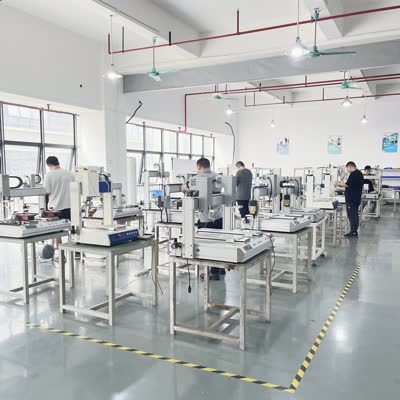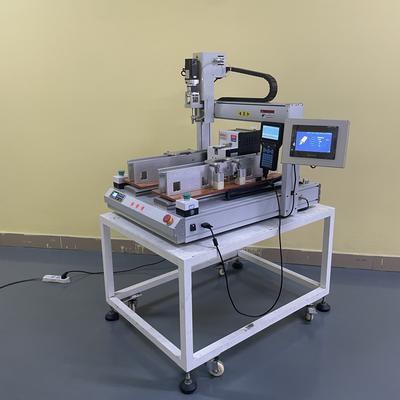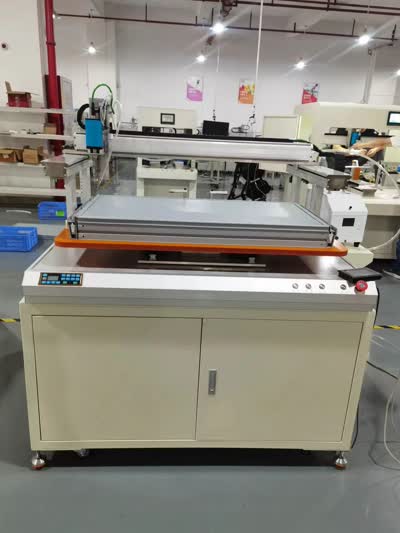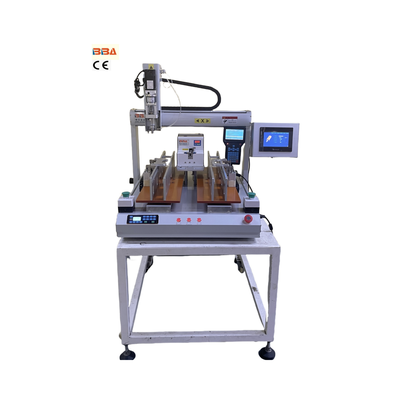Preventive Maintenance for Screw Locking Robots | Industrial Automation
In the fast-paced world of industrial automation, screw locking robots play a critical role in ensuring precision, efficiency, and consistency in assembly lines. However, like any sophisticated machinery, these robots require regular maintenance to operate at peak performance. Implementing a preventive maintenance strategy can significantly reduce downtime, extend equipment lifespan, and minimize costly repairs. Let’s explore key preventive maintenance strategies for screw locking robots to keep your operations running smoothly.
1. Regular Inspection and Calibration
Screw locking robots rely on precise torque settings and alignment to function correctly. Regular inspections should include checking the torque calibration, verifying screwdriver bits for wear, and ensuring proper alignment of the robotic arm. Use calibrated tools to measure torque accuracy and adjust as needed. This prevents over-tightening or under-tightening, which can lead to product defects or equipment stress.
2. Lubrication of Moving Parts
Friction is a common cause of wear and tear in robotic systems. Apply manufacturer-recommended lubricants to joints, guides, and linear actuators at scheduled intervals. Proper lubrication reduces friction, prevents overheating, and ensures smooth movement. Avoid over-lubrication, as excess grease can attract dust and debris, leading to clogging or contamination.
3. Cleaning and Contamination Control
Dust, metal shavings, and other debris can accumulate in and around the robot, affecting performance. Schedule routine cleaning of the robot’s exterior, end-effectors, and work area. Use compressed air or specialized cleaning tools to remove particles from sensitive components. For environments with high contamination risks, consider installing protective covers or filters to shield the robot.
4. Monitoring Vibration and Noise Levels
Unusual vibrations or noises can indicate mechanical issues such as loose components, misalignment, or bearing wear. Use vibration analysis tools to monitor the robot’s condition and identify anomalies early. Addressing these issues promptly prevents further damage and avoids unexpected breakdowns.
5. Software and Firmware Updates
Modern screw locking robots often rely on software for operation and diagnostics. Regularly update the robot’s firmware and control software to benefit from performance optimizations, bug fixes, and new features. Backup configuration settings before updates to ensure a smooth transition. Additionally, log maintenance activities and performance metrics to track trends and predict potential failures.
6. Training and Documentation
Ensure maintenance personnel are well-trained in handling screw locking robots. Provide detailed documentation, including maintenance checklists, troubleshooting guides, and recommended spare parts. A well-informed team can spot issues early and perform maintenance tasks efficiently, reducing the risk of human error.
By implementing these preventive maintenance strategies, you can maximize the reliability and longevity of your screw locking robots. Proactive care not only enhances productivity but also safeguards your investment in industrial automation. Start integrating these practices into your maintenance schedule today to avoid costly disruptions tomorrow.
| Product Name | Applicable industries |
| Screw Locking Robot | Security Equipment Manufacturing |



